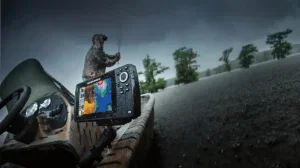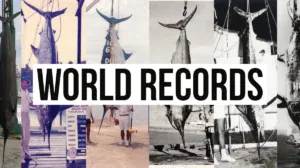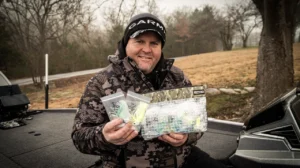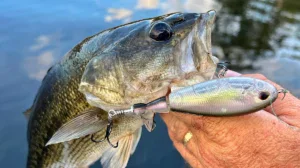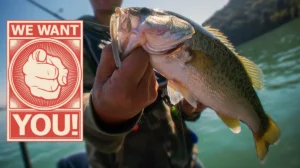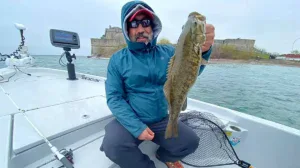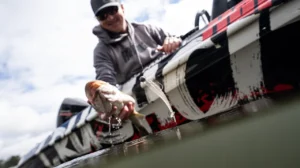Finally, there’s solid proof that Gulf red snapper populations are in superb shape, with 7 million fish found along just the 50-mile-wide Alabama coastline. This is precisely what many Southern marine anglers, guides, and charter captains have been yelling to anyone who would listen for over a decade.
Research scientists at the University of South Alabama’s Marine Sciences school recently have proven that red snapper populations are the healthiest they’ve been in at least 14 years. Dr. Sean Powers heads the university reef research team and reports red snapper numbers are at their best since studies began in 2011.
Underwater cameras recording fish numbers from remote vehicles have documented about 160 red snapper per reef off the Alabama coast. Alabama has one of the strongest artificial reef programs in the world, with 12,000 such structures that now harbor 7 million red snapper, according to South Alabama school researchers.
“Alabama has a tremendous resource, and I don’t think enough people recognize that,” said Powers. “We harvest about a third of the recreational red snapper in the Gulf, but we have just 6 percent of the coastline. That tells you there’s something very special about Alabama for red snapper.”
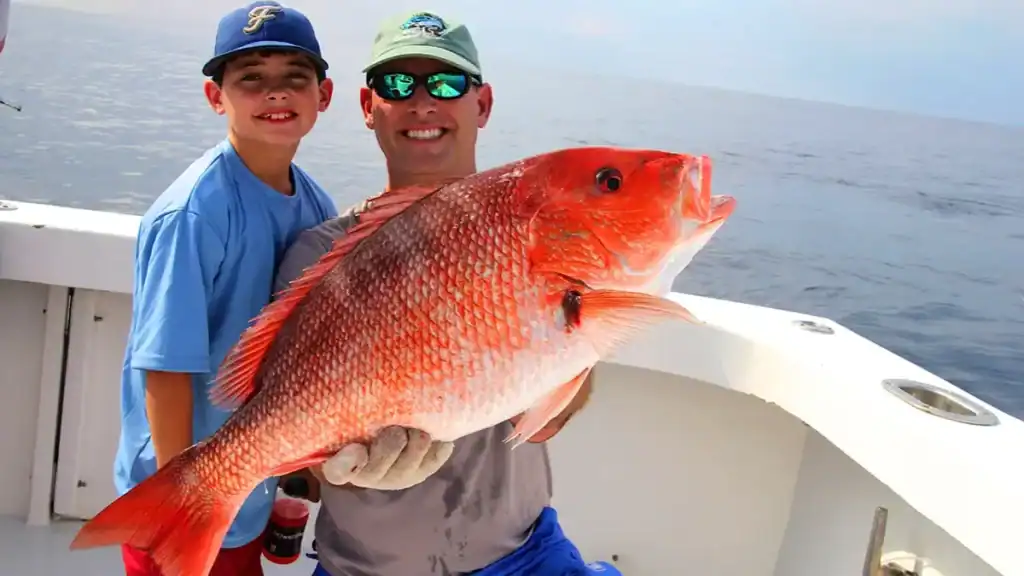
All of this upbeat data eventually boils down to how to regulate red snapper angler harvest – in state and federal waters. This year, Alabama’s red snapper season (within the state’s 9-mile offshore range) opened May 23, and runs daily through June 30 with a two fish per person limit. Beginning July 4, the state season runs for 4-day weekends until a quota of 664,000 pounds of red snapper are caught from Alabama.
Much the same healthy snapper populations are touted in Gulf waters off Florida’s Panhandle, and off Mississippi, Louisiana and Texas. The southeast Atlantic Coast also is jammed with red snapper on reefs and wrecks. Yet draconian federal catch restrictions are in place in federal waters. This is despite what local anglers and guides who are on the water regularly argue against.
The late Dr. Bob Shipp was 20 years chairman of the Department of Marine Sciences at the University of South Alabama. He also served two nine-year stints on the Gulf of Mexico Fishery Management Council and was council chairman three times.
“The snapper stocks are stronger than they’ve ever been in history,” Shipp said before his death last year. “Everybody who studies them and gets out on the water knows that. It’s primarily because of all the habitat that’s been created since the 1940s – all the oil platforms along the Louisiana and Texas coasts as well as the artificial reefs.
“This whole [federal] snapper management system is a train wreck. It’s probably the worst-managed fishery in the United States. We kill hundreds of thousands of snapper every year because the season’s closed and there are so many snapper there that you can’t get through them [to catch other bottom fish].”
Ted Venker, Vice President of the Coastal Conservation Association (CCA), says federal fisheries managers governing snapper at the federal National Marine Fisheries Services (NMFS) have been at odds with anglers and state and regional fisheries managers for years.
They have gone back and forth in opposing positions with the federal Gulf of Mexico Fisheries Management Council and state agencies regarding red snapper stock assessments that dictate snapper seasons and limits for fishermen.
“Like a good federal government agency, NOAA Fisheries [NMFS] believes its data is the only right data,” says Venker. “Rather than continue to insist it is always the smartest entity in the room, NOAA Fisheries should work on being a better partner to the Gulf states as well as the angling public, before cramming down damaging, punitive measure[s].”


